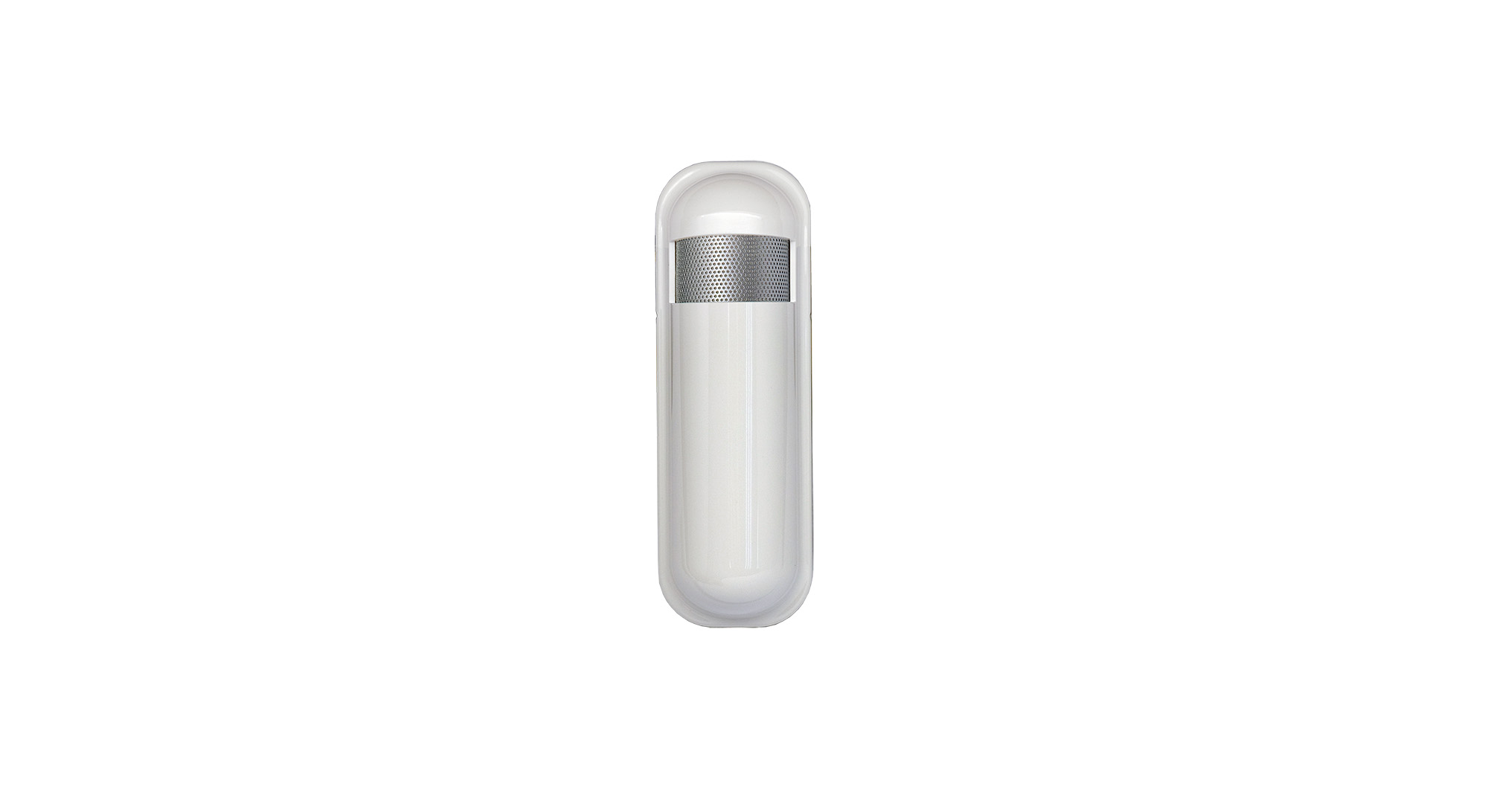Air Quality Monitoring
Poor indoor air quality resulting from outdoor pollution can be detrimental to health, causing respiratory problems, exacerbating allergies, and increasing the risk of various health issues
Monitoring for health
Get alerts if the air quality deteriorates beyond acceptable levels in your property
Monitoring air quality in rented properties is crucial for maintaining tenant well-being, meeting legal obligations, preventing property damage, ensuring tenant satisfaction, and promoting energy efficiency
Hardware
Risk factors in the living environment
Continuous monitoring of environmental factors offers an effective solution to damp and mould issues in residential properties. Receive timely alerts, plan cost-effective maintenance, and steer clear of expensive tenant relocations and extensive property repairs.
Landlord benefits
Alerting & scheduling necessary maintenance to ensure a healthy living environment
Air Quality
Install air quality monitors that can detect various pollutants, including particulate matter, volatile organic compounds (VOCs), carbon dioxide (CO2), and humidity levels.
Instant Alert System
Immediate notifications or alerts are sent to property management when specific thresholds are exceeded, allowing them to take prompt action to address any issues.
Maintenance Scheduling
Establish a maintenance schedule based on the data provided by the air quality monitoring solution. Schedule predictive inspections, cleanings, and replacements for ventilation systems, air filters, and HVAC units to ensure optimal performance and air quality.
Tenant benefits
More comfortable living space with optimised ventilation & humidity levels
Health & Wellbeing
Air quality sensors help maintain a healthy indoor environment by monitoring for pollutants, allergens, and other harmful substances. This can significantly reduce the risk of respiratory issues, allergies, and other health problems.
Early Issue Detection
Air quality sensors can detect potential problems such as mould, dampness, or poor ventilation early on. Prompt action can be taken to address and rectify any concerns, preventing further damage and ensuring a safe living environment.
Peace of Mind
Tenants renting a property with air quality sensors have peace of mind knowing that the indoor environment is continuously monitored for potential health hazards.
Hardware
A scalable solution, that allows easy expansion of the benefits by adding specialised hardware
Our clients











